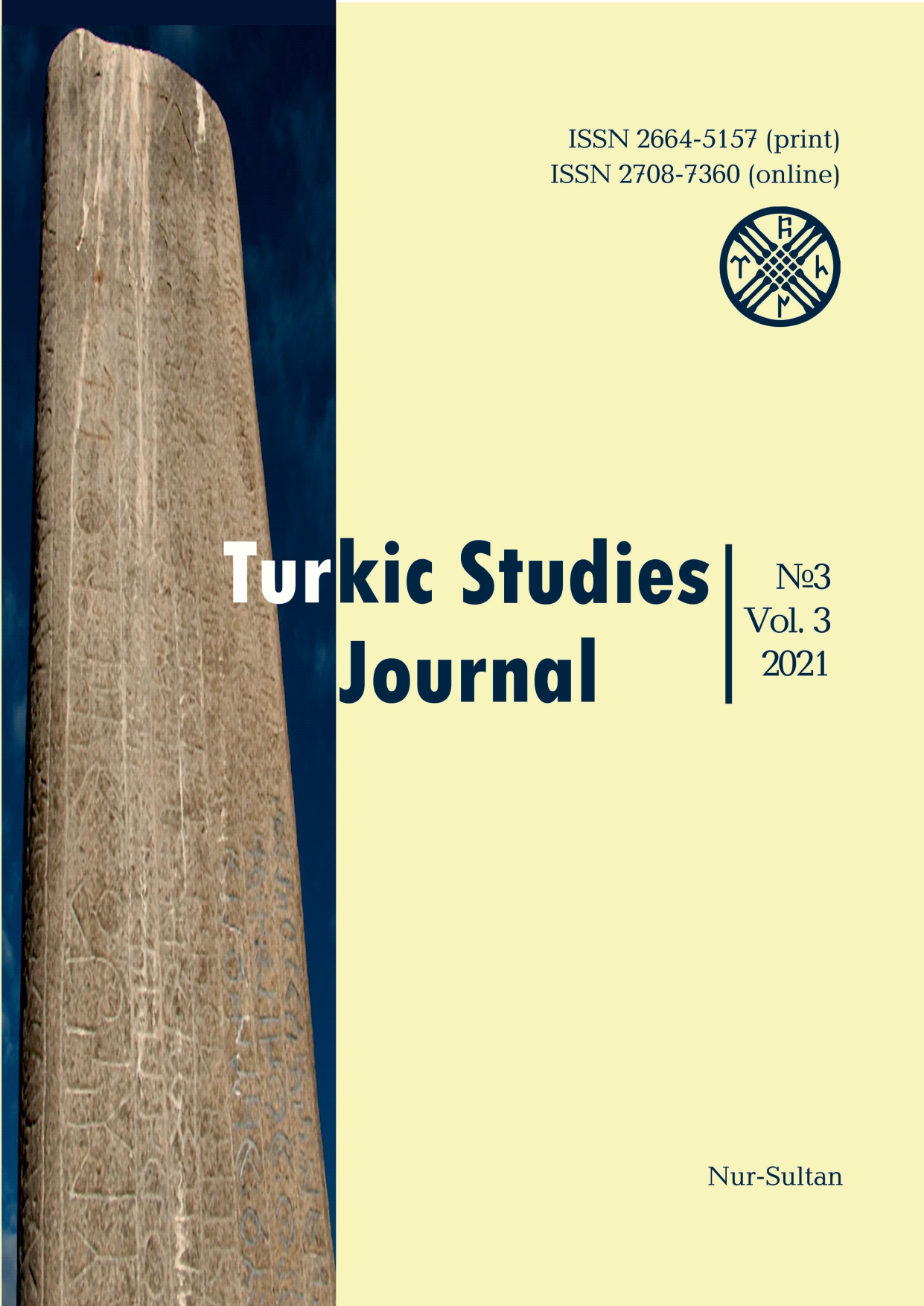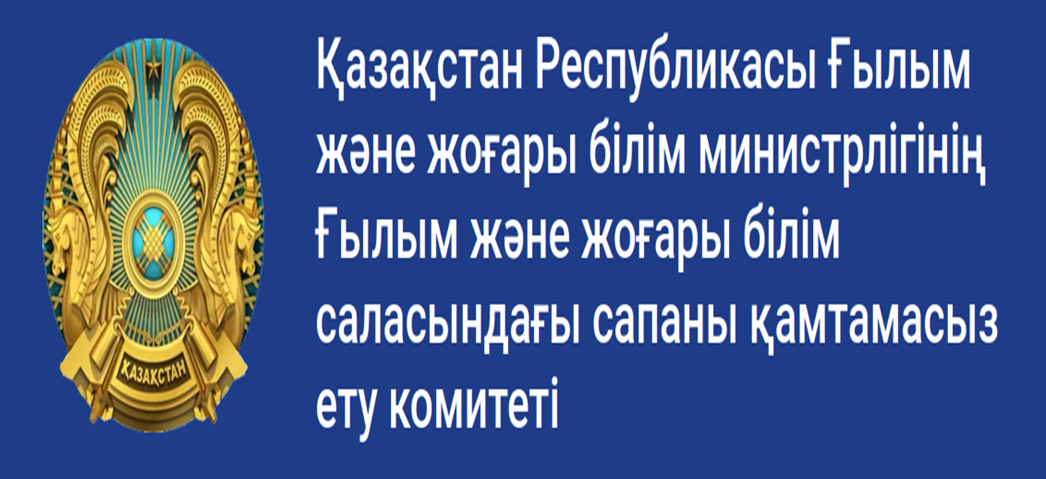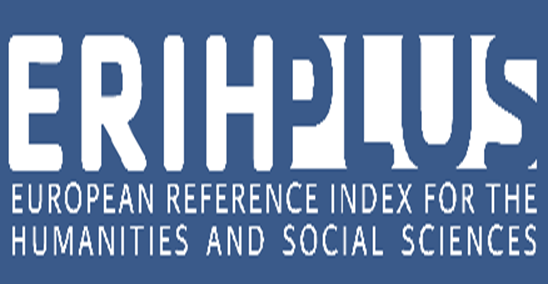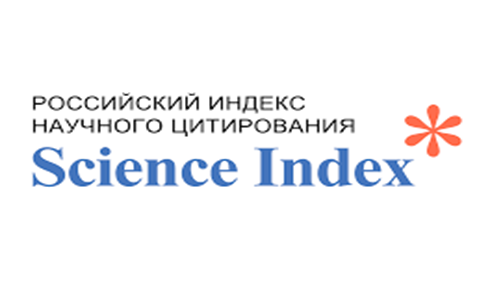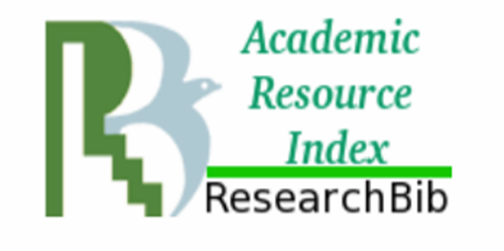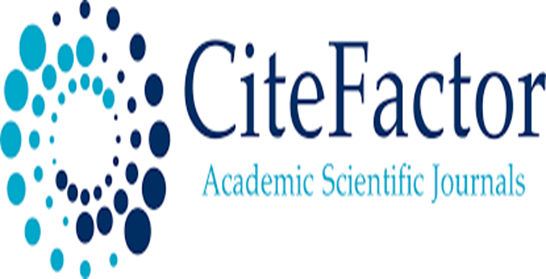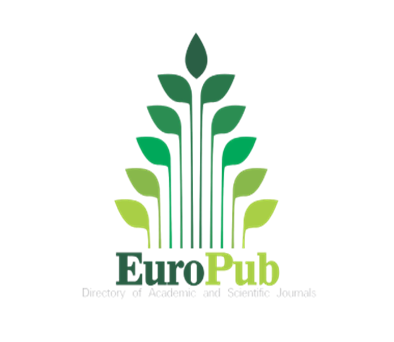The phenomenological transformation of Abay’s poetry
Views: 207 / PDF downloads: 99
DOI:
https://doi.org/10.32523/2664-5157-2021-3-28-36Keywords:
phenomenology, existential dichotomy, dichotomy of life and death, “myself” and “other”, time and space, reference, reduction, identification, motif.Abstract
The article analyzes the phenomenological character of Abay’s poems, cognitive and
aesthetic representation of being (activity). The fact that the manifestation of human characteristics
in the social environment is studied within the framework of an existential dichotomy (E. Fromm) is
a characteristic feature of most of Abay’s philosophical poems.
We see that the division of existential dichotomy summarizes the classification of the concepts
«myself» and «other» in Abay’s poems. The separation of the poet from his «I» is associated with his
psychological state, incompatible with the social system.
The reasons for the contradiction between the individual and society are, at first, a phenomenon that
takes place in consciousness. Abay’s identification with the social environment was ambiguous. The
psychological and phenomenological features of the discrepancy are clearly visible in Abay’s poetry.
The main motive of Abay’s poems is the search for answers to the reasons for these contradictions.
At the same time, reflections on the meaning of life in terms of the dichotomy of life and death
are accompanied by a search for the path of truth.
At the same time, sending thoughts to the essence of existence from the point of view of the
dichotomy of life and death is combined with the search for the path of truth.
The formation of a transcendental phenomenological consciousness in Abay’s poem «Time is
like whisps of fog on the hills” is found in many of the poet’s poems.

